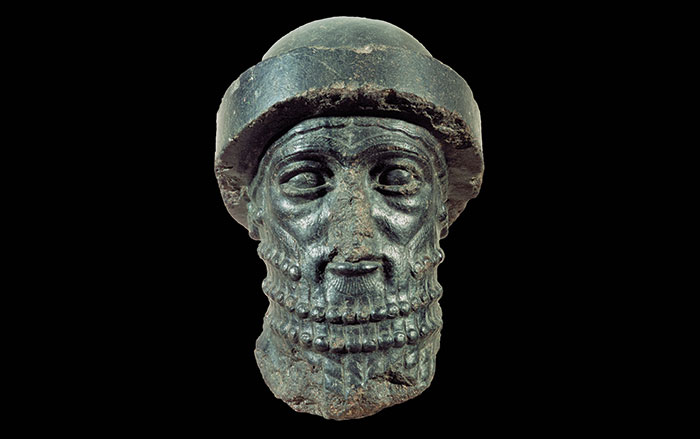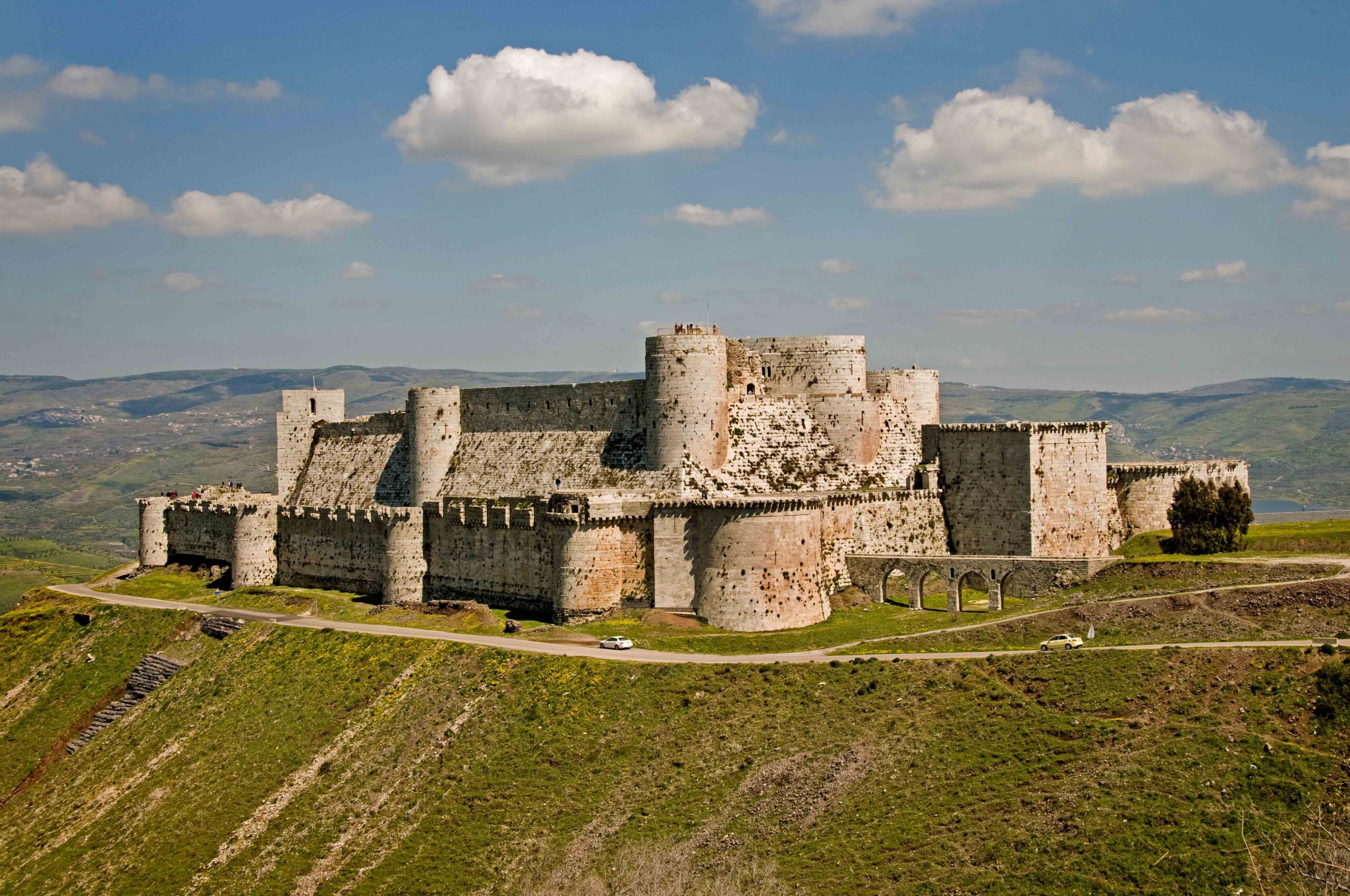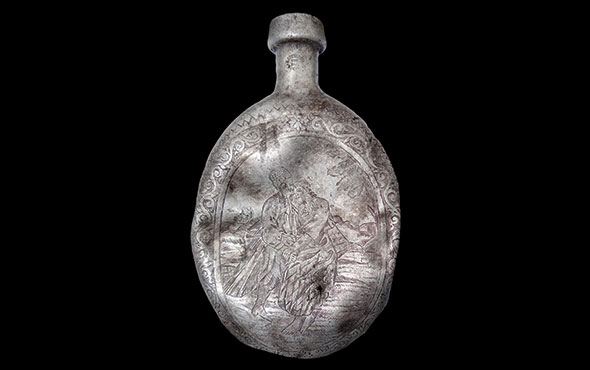AUCKLAND, NEW ZEALAND—According to a report in Science Magazine, an international team of scientists led by Sarah Karstens of the University of Auckland examined 25 sets of remains of people who lived in Mongolia between about 3,500 and 2,700 years ago for signs of health. The researchers found very little evidence of inflammation or infection in the bones, or signs of diseases brought on by malnutrition, such as rickets or scurvy. Injuries commonly inflicted through fights or falls from horseback, such as broken noses, ribs, and legs, were detected in the bones, however. Wear and tear associated with horseback riding was also seen in the people’s spines. Karstens and her colleagues concluded that Bronze-Age Mongolians probably lived in small nomadic groups that enjoyed plenty of exercise and avoided living near accumulations of their own waste. For more, go to “In Search of History's Great Rulers: Genghis Khan, Founder of the Mongol Empire.”
Bones Hint at Life in Bronze-Age Mongolia
News January 11, 2019
Recommended Articles
Off the Grid January/February 2025
Tzintzuntzan, Mexico

Digs & Discoveries January/February 2025
Bad Moon Rising

Digs & Discoveries January/February 2025
100-Foot Enigma

Digs & Discoveries January/February 2025
Colonial Companions

-
Features November/December 2018
Reimagining the Crusades
A detailed picture of more than two centuries of European Christian life in the Holy Land is emerging from new excavations at monasteries, towns, cemeteries, and some of the world’s most enduring castles
 (Peter Horree/Alamy Stock Photo)
(Peter Horree/Alamy Stock Photo) -
Letter from California November/December 2018
Inside a Native Stronghold
A rugged volcanic landscape was once the site of a dramatic standoff between the Modoc tribe and the U.S. Army
 (Julian Smith)
(Julian Smith) -
Artifacts November/December 2018
Russian Canteen
 (Courtesy Copyright David Kobialka/Antiquity)
(Courtesy Copyright David Kobialka/Antiquity) -
Digs & Discoveries November/December 2018
The American Canine Family Tree
 (Photo by Del Baston/Courtesy of the Center for American Archeology)
(Photo by Del Baston/Courtesy of the Center for American Archeology)


